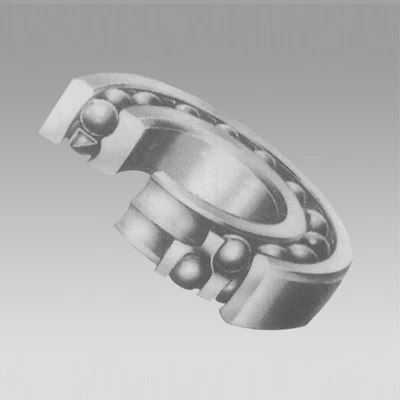
Nov . 16, 2024 12:46 Back to list
spherical bearings
Spherical Bearings An Overview of Functionality and Applications
Spherical bearings are specialized mechanical components designed to support rotary or oscillatory motion between two parts while accommodating misalignments. Their unique structure allows them to provide precise and smooth movement in various industrial applications. Unlike traditional linear bearings, spherical bearings have the ability to handle misalignment and angular movement, making them essential in many engineering designs.
Structure and Design
The fundamental design of a spherical bearing consists of an inner spherical element and an outer casing. The inner sphere allows rotation around multiple axes, while the outer casing keeps the bearing integrated within a machine or system. This design helps to handle axial, radial, and tilt movements simultaneously. Spherical bearings can be made from a variety of materials, including metals, plastics, and composites, depending on the specific application and load requirements.
Types of Spherical Bearings
There are several types of spherical bearings, each with distinct characteristics suited for different applications
1. Plain Spherical Bearings These are the simplest form and consist of a basic spherical bearing without any additional loading features. They are used in applications with moderate loads and where precision is less critical.
2. Self-lubricating Spherical Bearings These bearings are designed with a material that contains lubricants internally, reducing maintenance requirements and providing enhanced durability in harsh environments.
3. Loaded Spherical Bearings Designed for high-load applications, these bearings come with reinforced structures to manage significant pressure and load conditions. They are commonly found in heavy machinery and industrial equipment.
4. Flexure Spherical Bearings These bearings allow for a degree of flexibility and are used when slight deformations are needed to accommodate misalignments.
5. Ball and Socket Spherical Bearings These are primarily used in high-mobility applications, allowing for unrestricted multi-directional movement over a wide range.
spherical bearings

Applications of Spherical Bearings
Spherical bearings are integral in various fields, including automotive, aerospace, manufacturing, and robotics. Their ability to accommodate misalignment and support oscillatory motion makes them ideal for
1. Automotive Industry Spherical bearings are widely used in suspension systems, providing smooth movement between vehicle components while supporting dynamic loads, enhancing ride quality, and ensuring stability.
2. Aerospace In aircraft and spacecraft, spherical bearings are crucial for systems that require precise control and flexibility, such as flight control rods and landing gear assemblies.
3. Industrial Machinery These bearings play a vital role in heavy equipment, allowing for the seamless operation of cranes, forklifts, and other machines that require substantial movement and versatility.
4. Robotics In robotics, spherical bearings provide the necessary flexibility and motion for robotic arms and joints, significantly contributing to precision tasks in manufacturing and assembly lines.
5. Medical Devices Spherical bearings are also found in medical equipment, such as imaging machines, where precise movement is crucial for accurate diagnostics and treatment procedures.
Future Trends
As technology continues to evolve, so too does the design and application of spherical bearings. Innovations in materials, such as advanced composites and smart materials that respond to environmental changes, are set to revolutionize the industry. Furthermore, the integration of sensors into spherical bearings could lead to predictive maintenance technologies, reducing downtime and ensuring optimal performance.
Conclusion
Spherical bearings are indispensable components in engineering and manufacturing, providing the necessary functionality to accommodate misalignments and support complex motions. Their diverse applications across various industries underline their importance in modern technology. As advancements continue to shape the future of mechanical design, spherical bearings will likely evolve, enhancing their capabilities and expanding their practical uses even further.
Latest news
-
Premium Deep Groove Ball Bearings | High Speed & Reliability
NewsAug.29,2025
-
Durable Scaffolding Clamps - Secure & Reliable Tube Connectors
NewsAug.28,2025
-
Common Failures in Thrust Ball Bearings and Solutions
NewsAug.22,2025
-
How Tapered Roller Bearings Can Take Shock Loads
NewsAug.22,2025
-
Angular Bearings in High-Precision Spindles
NewsAug.22,2025
-
The Impact of Misalignment on Cylindrical Roller Bearing Performance
NewsAug.22,2025
